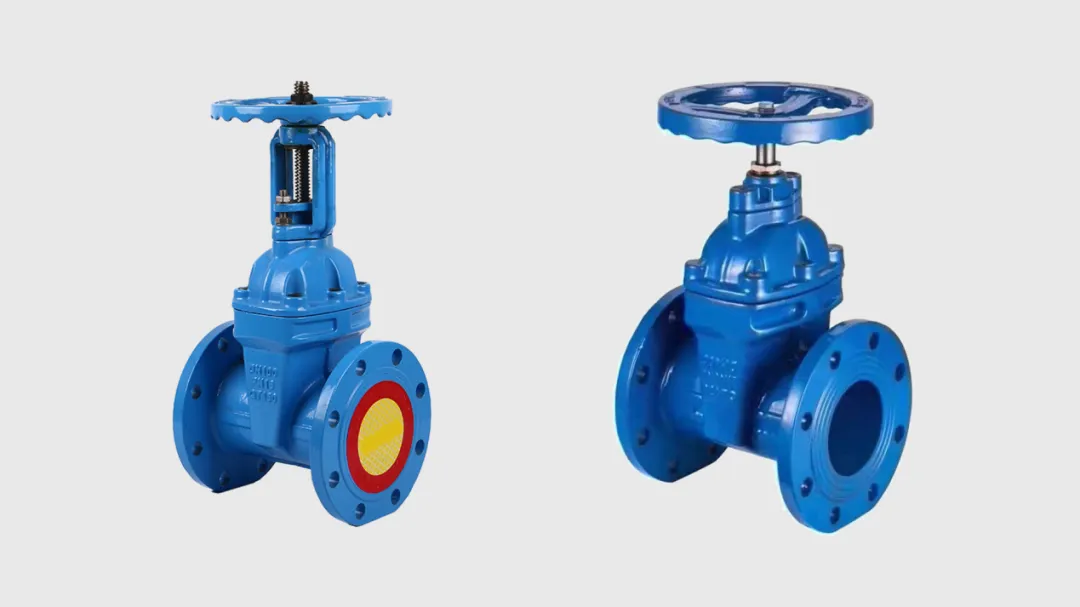Application of Foot Valves in Centrifugal Pump Systems for Improved Performance
The Use of Foot Valves in Centrifugal Pumps
Centrifugal pumps are widely used in various industries due to their efficiency and ability to handle large volumes of liquids. A critical component in the operation of these pumps is the foot valve, which plays a vital role in maintaining prime and ensuring optimal performance. This article will explore the importance of foot valves in centrifugal pump systems, their functionality, and best practices for installation and maintenance.
Understanding Foot Valves
A foot valve is a type of check valve that is installed at the inlet of a centrifugal pump, typically submerged in the fluid being pumped. Its primary function is to prevent backflow when the pump is turned off, ensuring that the system retains its prime. By doing so, the foot valve aids in preventing air from entering the pump, which can lead to cavitation—a phenomenon that can cause significant damage to the pump impeller and reduce efficiency.
Functionality and Benefits
The primary benefit of using a foot valve is the ability to maintain the prime of the centrifugal pump when it is not in operation. When the pump is turned off, the liquid in the suction line may attempt to drain back into the source. The foot valve, equipped with a spring-loaded mechanism or a weighted disc, automatically closes when there is a drop in pressure, effectively sealing the system. This feature is crucial, especially in applications where the pump is frequently started and stopped.
Additionally, foot valves help in reducing the risk of operational issues that arise from air entrapment. When air enters the pump, it can disrupt the smooth flow of liquid, leading to reduced efficiency, noise, and potential cavitation. By keeping the suction line filled with liquid, foot valves help to maintain the desired flow characteristics and operational stability.
Applications of Foot Valves
Foot valves are commonly used in various applications, including
1. Water Supply Systems In residential and industrial water supply systems, foot valves help to ensure a steady supply of water, even during periods of inactivity.
2. Irrigation Systems In agricultural irrigation, foot valves play a crucial role in maintaining pressure and ensuring the proper operation of irrigation pumps.
use of foot valve in centrifugal pump

Best Practices for Installation and Maintenance
To ensure the optimal performance of foot valves in centrifugal pumping systems, consider the following best practices
1. Proper Sizing It is essential to select a foot valve that is correctly sized for the application. An undersized valve can lead to excessive velocity and potential wear, while an oversized valve may not operate effectively.
2. Regular Inspection Periodically inspect the foot valve for signs of wear, damage, or corrosion. Any issues should be addressed promptly to prevent operational disruptions.
3. Maintenance of Seals Ensure that the seals within the foot valve are in good condition. Worn or damaged seals can lead to leakage and compromised functionality.
4. Installation Orientation The foot valve must be installed in the correct orientation to function effectively. Ensure that it is positioned vertically and securely attached to prevent movement that may lead to malfunction.
5. Check for Debris Regularly inspect the foot valve for any obstructions or debris that may inhibit its operation. Keeping the valve and the suction line clean is crucial for maintaining flow efficiency.
Conclusion
Foot valves are an essential component of centrifugal pump systems, providing stability and reliability by preventing backflow and maintaining the prime. By understanding their functionality and implementing best practices for installation and maintenance, operators can significantly enhance the performance and longevity of centrifugal pumps. Investing in quality foot valves and ensuring their proper operation ultimately leads to improved efficiency, reduced downtime, and cost savings in the long run.
-
The Key to Fluid Control: Exploring the Advantages of Ball Valves in Industrial SystemsNewsJul.09,2025
-
The Versatile World of 1, 2, and 3 Piece Ball ValvesNewsJul.09,2025
-
Stainless Steel Ball Valves: The Ideal Choice for Efficient Flow ControlNewsJul.09,2025
-
Optimizing Fluid Control with Ball Float ValvesNewsJul.09,2025
-
Manual Gate Valves: Essential for Control and EfficiencyNewsJul.09,2025
-
Everything You Need to Know About Butterfly ValvesNewsJul.09,2025
-
The Versatility of Wafer Type Butterfly ValvesNewsJul.08,2025




